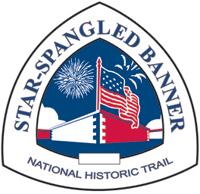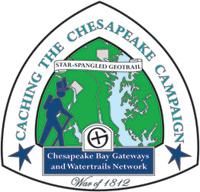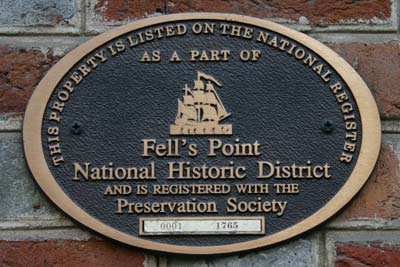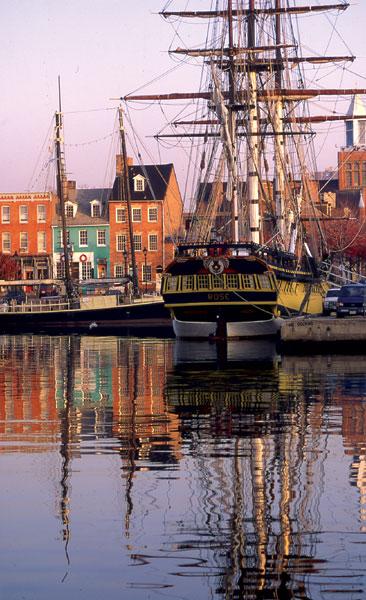During the first challenge along the Star-Spangled Banner GeoTrail, over 400 first edition SSB geocoins were awarded. We would like to thank everyone who participated in the Star-Spangled Banner GeoTour. We are currently out of geocoins but stay tuned for other opportunities along the Star-Spangled Banner GeoTour!


Come on a journey to remember and commemorate the dramatic chain of events, people and places that led to the birth of our National Anthem.
The story of the Star-Spangled Banner was shaped by the events of the Chesapeake Campaign during the War of 1812. From February 1813 until February 1815, the Chesapeake Bay was the center of a fierce struggle between the British and Americans. Places and landscapes still exist today that provide a touchstone to the past. The trail traces events and related sites that figured prominently in the Chesapeake Campaign of the War of 1812 that have national significance, physical integrity, and the potential for contemporary recreation and interpretation.

Though never acknowledged in history books, Fell’s Point’s private navy played a key role in the War of 1812 by audaciously establishing a fourth theater of war off the coast of England which greatly hurt British trade. The schooners built in Fell’s Point and sailed by Fell’s Point captains were particularly problematic to the British, so much so that they referred to Fell’s Point/Baltimore as “that nest of pirates and thieves”.
House of Commons representative and chairman of this underwriting committee at Lloyds of London, Marryatt, informed his colleagues on December 1, 1814 that, “The Americans have, since the restoration of peace in Europe, adopted a new, and I am sorry to add, successful mode of annoying our trade. The owners of American privateers, with great judgment, send their ships close to our coast to what are called the chops of the Channel, and have there committed their depredations with great success. The American vessels employed for this purpose, being light-built and fast-sailing schooners, in summer weather and light breezes, elude all attempts of the king’s ships to catch them.”
Marryatt then read the statistics through November 1814: British ship owners had lost 1175 vessels to America’s private navy of which the Royal Navy was able to recapture only 373. He then reported that since the new fleet of powerful Baltimore schooners began their attacks in home waters the previous spring, the average number lost jumped to fifty per month from May 1 through October in 1814.
Britain’s textile mills and other manufacturing facilities experienced rising costs of raw materials, especially cotton, as a result of the activities of Fell’s Point’s private navy. To a mix of rising public and private criticism in Britain for the lack of progress in bringing the American war to closure, an aroused Parliament and then, industry, adds increasing pressure for peace, and the conferees sign the Treaty of Ghent Christmas Eve 1814.

The Royal Navy’s failure to contain American privateers in the Irish Sea and English Channel was greatly influenced by the victories of the Chausser, a Fell’s Point built ship, sailed by a Fell’s Point captain, Thomas Boyle. Boyle was not only invincible in his privateer schooner, but he was also bold enough to send a document to Lloyd’s of London informing them that the American private navy intended to blockade the coast of England, just as the Royal Navy was blockading the Chesapeake Bay. Then he proceeded to do just that.
Upon its triumphant return after the War, the citizens hailed the Chausseur as The Pride of Baltimore, and so it is called to this day.
You are seeking a bison tube, log only cache. The code word is written on the top of the log. Parking in this area is "Park and Pay" at 25 cents for 15 minutes.

Thanks to Trainbug for helping with this hide and to the Maryland Geocaching Society for assisting with this project!